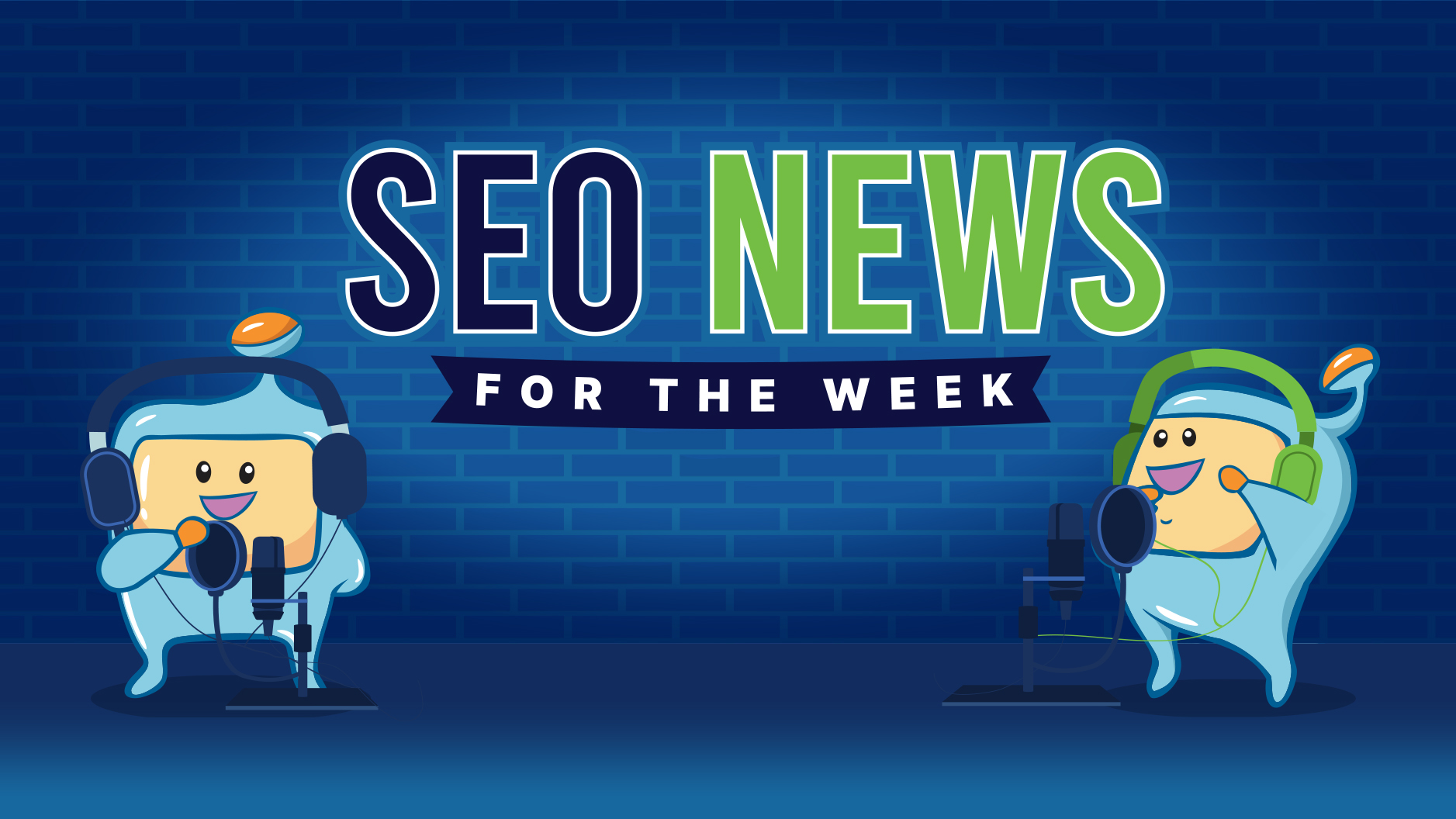
Google has announced the completion of the August 2024 Core Update, earlier than the expected one-month roll out. Did you experience a much needed recovery or are you one of those who sank lower, further?
Check out our weekly roundup of all the notable seo news for more details and for other news in the SEO space.
Google has announced on Wednesday the completion of the August 2024 Core Update, earlier than the forecasted one-month roll out. The core update was rolled out in August 15, 2024 and was completed in September 3, 2024. It took a total of 19 days to complete.
Google has stated that the August core update is designed to continue their work to improve the quality of search results by showing more content that people find genuinely useful and less content that feels like it was made just to perform well on Search. The update takes into account the feedback they have heard from creators and others over the past few months. They aim to connect people with a range of high-quality sites, including small or independent sites that are creating useful, original content, when relevant to users’ searches. It also aims to better capture improvements that sites may have made.
As for what effects have been experienced, according to Barry Schwartz of Search Engine Land and Search Engine Roundtable:
“Overall, it seems like while we saw some recoveries from the September helpful content in 2023, that was only for a few sites and limited recoveries. Most sites did not see significant or meaningful recoveries, from what we can tell. And even more sites saw even more declines or just stayed the same.”
In the updated Core Update help page, Google recommends waiting at least a full week after a core update is completed before analyzing your site. This is to account for any movement and adjustments that may occur after the roll-out.
Here are some guidance Google has provided if you see a position/traffic drop that correlates with the timing of a core update.
If you see a sustained large drop in rank for your whole site, evaluation of the pages that were impacted and a self-assessment of the site using Google’s helpful content guidance is recommended.
When it comes to how long it takes to recover, Google states that if you’ve made improvements, it may take time to see an effect in Search results: some changes can take effect in a few days, but it could take several months for their systems to learn and confirm that the site as a whole is now producing helpful, reliable, people-first content in the long term. If it’s been a few months and you still haven’t seen any effect, that could mean waiting until the next core update.
Google also adds that there’s no guarantee that changes you make to your website will result in noticeable impact in search results, and that positions in Google Search results aren’t static or fixed in place. Google’s search results are dynamic in nature because user expectations evolve and the open web itself is constantly changing with new and updated content. This constant change can cause both gains and drops in organic Search traffic.
Check out the help page on core updates to for more in-depth guidance if you have experienced changes after the update.
This week’s episode of Search Off The Record are for those in E-commerce or those who are selling products. Lizzi Sassman and John Mueller is joined by Irina Tuduce of Google’s Shopping Team. They talk about all things shopping – Google’s Merchant Center, schema, the shopping infrastructure, and a lot more. It is a must listen to if you are selling products. Check out the podcast below:
Google has announced that AVIF is now a supported file type in Google Search, Google Images, as well as any place that uses images in Google Search. There is no need to do anything special to have your AVIF files indexed by Google.
What Is AVIF?
AVIF is an open sourced, royalty-free image format based on the AV1 video codec developed by the Alliance for Open Media (AOMedia) in collaboration with Google, Cisco, and Xiph.org.
With AVIF, images are compressed and made smaller, while retaining the same quality of the original image. AVIF offers the best compression in the market, while still keeping the quality of the images high. It supports any image codec and significantly reduces file size compared to JPEG, PNG, and even WebP.
Compared to JPEG, AVIF is 50% less in size, and as compared to WebP, it is 20-30% less file size, with no quality loss.
AVIF has been developed by a lot of companies such as Google, Amazon, Cisco, and Netflix, among others. These companies are developing the format because of their need for high-quality images that do not consume too much bandwidth. Netflix even claimed that AVIF is far superior to JPEG, PNG, and WebP, and is currently serving it for their image thumbnails.
If your site is heavy on images, AVIF would be a good choice to ensure the speedy loading of your site and images. For more information on AVIF, check out our article on PageSpeed Optimization: Get Faster Loading Images Part 2 – AVIF